
views
- For men, wear black or gray dress pants and a dark or subdued button-down.
- For women, wear a knee-length black or navy dress. Or, wear a pair of black or gray slacks, a muted blouse, and flats.
- Avoid distracting and overly casual clothes, like bright colors, loud prints, jeans, t-shirts, and sandals.
Dressing Appropriately for a Wake

Wear respectful, business casual clothing to a wake. In general, wakes have a slightly formal atmosphere and a serious tone. When you pick an outfit, think about what you’d wear to the office, church, or a nice event to look polished and put together. Button-down shirts, blouses, slacks, and modest dresses are all appropriate choices. Stick to dark, muted colors like black, gray, brown, navy blue, and dark green. When wearing a print, opt for small, subdued patterns over big and bold ones. Keep your accessories, jewelry, and makeup simple.

Choose an outfit according to the family’s wishes. Before you attend a wake, check the invitation to see if there are any special instructions on what to wear. The family might want you to celebrate the departed’s life by wearing their favorite color or football jersey. Or, they might follow a religious dress code and ask you to remove piercings or cover up any tattoos.
Outfits for Men
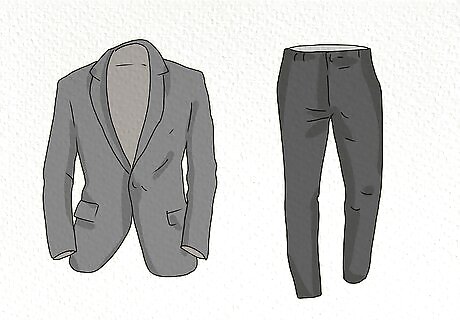
A sports coat, dress pants, a button-down, and dress shoes. Wakes tend to be slightly more casual than a funeral, so keep your outfit conservative. Opt for a black, gray, or navy sports coat over a button-down in a neutral, like white, gray, or black, or a deep color like navy, maroon, or forest green. Then, pair your shirt with black or gray dress pants and black, gray, or brown dress shoes. For example, wear a black coat, black slacks, a white button-down, and black shoes. Keep your accessories to the minimum. Put on a silver or gold watch, a belt that matches your jacket and shoes, and a subtly patterned or solid tie.
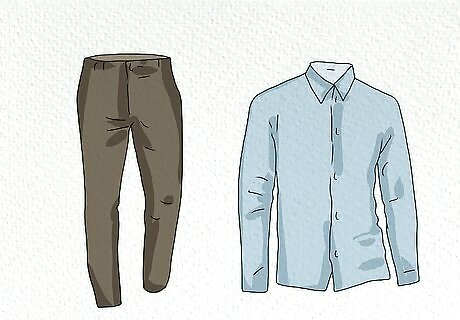
A pair of dress pants, a button-down or sweater, and dress shoes. Aim for a more business casual look if the wake is held at a less formal venue, like the family’s house. Simply put on some black or gray slacks and pair them with a neutral or subdued, dark-colored button-down. Then, finish your outfit with black, gray, or brown dress shoes. When it’s cold outside, you might wear a navy cable-knit sweater over a gray button-down and a pair of black dress pants. Or, wear a solid or subtly printed blazer, like one in a soft, checked pattern, to stay warm.
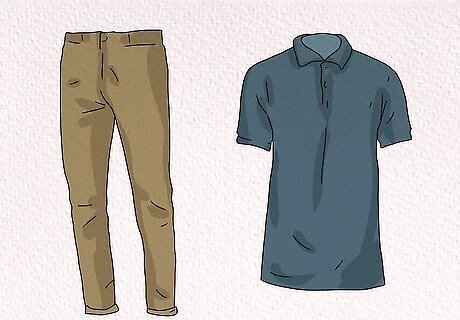
A pair of dark or khaki slacks, a collared polo, and dress shoes. For slightly more casual wakes, wear black or gray slacks in the fall and winter or khaki slacks in the spring or summer. Pair your pants with a collared polo in a neutral, like black or gray, or a solid, deep color like navy or green. Then, pull together your look with a brown or black belt and dress shoes. In the winter, you might wear black slacks with a maroon, long-sleeved polo. In the summer, you might pair khaki slacks with a deep green, short-sleeved polo.
Outfits for Women
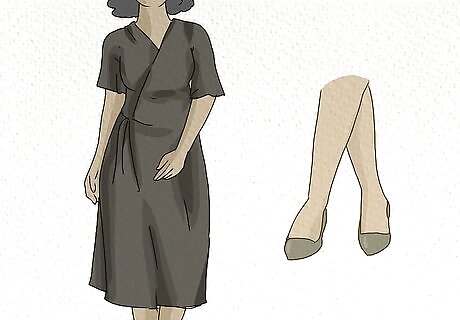
A solid-colored, mid-length dress and flats. Keep your outfit dressy and semi-formal by wearing a black, gray, navy, maroon, or deep green dress that hits below the knee. Stay on the conservative side by pairing your dress with black, gray, or navy flats or dressy, closed-toed shoes. For example, wear a structured, navy midi dress with short sleeves and nude flats. If it’s chilly outside, wear a pair of nude or black pantyhose to stay warm. Otherwise, it’s acceptable to go without them. Accessorize with simple jewelry, like a gold or silver necklace, bracelet, or stud earrings.

A dark, mid-length skirt, a muted blouse, and flats. If you prefer skirts, opt for a black, gray, or navy one that’s flowy and falls at or below your knee. Then, pair the skirt with a black, gray, navy, or muted green blouse. Simply finish your look off with a pair of black, gray, or navy flats or dress shoes. For instance, wear a gray midi skirt, a black, button-down blouse, and black flats. A patterned blouse is appropriate if it has a subtle print, like small flowers or thin stripes. In the fall or winter, stay warm in a black or gray blazer or structured coat.

A pair of dark slacks, a subdued blouse, and dress shoes. Go for a more business casual look if the wake is slightly less formal. Just pair black, gray, or navy slacks with a black, gray, navy, or maroon blouse or button-down. Or, in the fall and winter, wear a sweater. Then, either put on black, gray, or navy flats or dress shoes. For example, wear black slacks, a white button-down, and black Oxford shoes. In the winter, pull a black sweater over your white button-down.
Outfits for Children
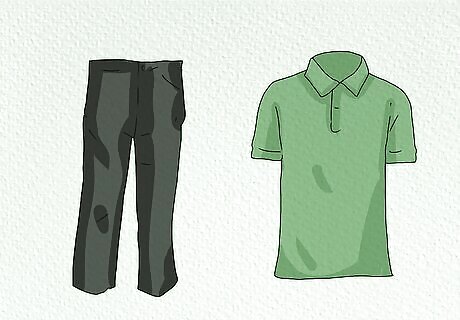
For boys, opt for dark pants and a collared shirt. If you don’t have a full suit or slacks for your child, don’t worry. Most people understand that it’s difficult to find and keep your children comfortable in formal clothes. So, select nice black, gray, or brown pants and pair them with a collared button-down or polo in black, gray, navy, or deep green. If your child has dress shoes, put them in those. Otherwise, closed-toed shoes like loafers or clean sneakers are appropriate.
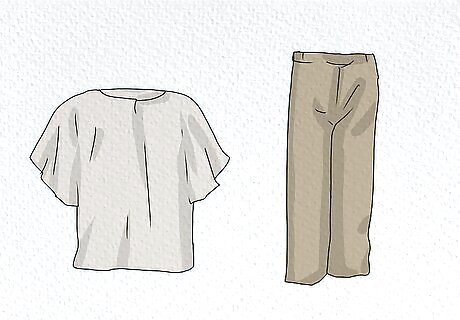
For girls, choose a dark-colored dress or a blouse and pants. If your child prefers to wear dresses, put them in a simple, flowy black, gray, navy, maroon, or dark green one. Or, choose a pair of black, gray, or navy pants and a muted, dark-colored blouse. Either put your child in a pair of black, gray, or navy flats or loafers.
Clothing to Avoid
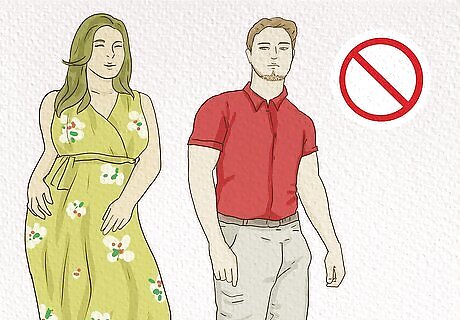
Flashy colors and prints. To be respectful to the deceased and their family, keep the attention away from yourself. That means staying away from clothes that are brightly colored or that have lots of sparkles and bling. Then, stick to subtle floral and striped prints instead of loud patterns like cheetah and zebra. If you like to wear makeup, keep your look subtle, too. Just put on a light coat of foundation, mascara, blush, and nude lipstick or gloss.
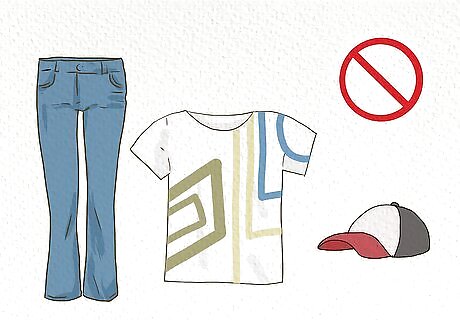
Jeans, t-shirts, and hats. In general, avoid overly casual clothes and keep your light-wash jeans, graphic tees, dirty sneakers, and baseball hats at home. While formal hats like bowler hats and flat caps are okay to wear, remember to take them off inside to stay respectful. Make sure that you wear clothes that are clean and wrinkle-free. If your outfit choice is a little crumpled, smooth it out with an iron or a steamer. Nice dark wash or black jeans might be appropriate for wakes held at a more informal location, like a family member’s home or a restaurant.
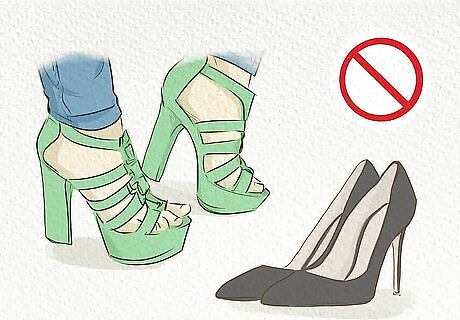
Heels and sandals. Flat, closed-toed shoes are the best choice for a wake because they keep you comfortable and look put together. Avoid wearing sky-high heels that draw attention to you and make it hard to walk in. Then, don’t go too casual by wearing a pair of flip-flops or sandals. Short, conservative heels can be appropriate in a neutral or dark color.
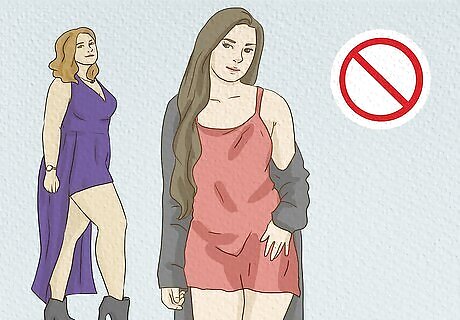
Tight or revealing clothes. When dressing for a wake, opt for flowy fabrics instead of figure-hugging shirts, pants, skirts, or dresses. Then, keep your skin showing to a minimum and avoid muscle tees, low-cut tops, and shorts, skirts, and dresses with short hemlines.
General Wake Etiquette
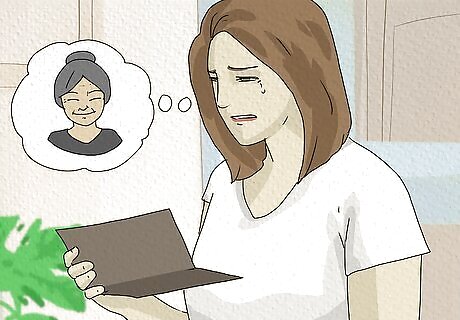
Attend if you are close to the deceased or their family. Typically, the family of the deceased opens up the wake for other family members, friends, neighbors, and community members to attend. So, if you knew the departed well, were impacted by their life, or are close to one of their family members or friends, you are welcome to go and pay your respects. Some families host private wakes that they only invite immediate family members to. If you don’t receive an invitation, respect their wishes and do not go. It’s okay to bring children if they want to go. Just explain what they might see and experience at the wake. Then, tell them to be on their best behavior.
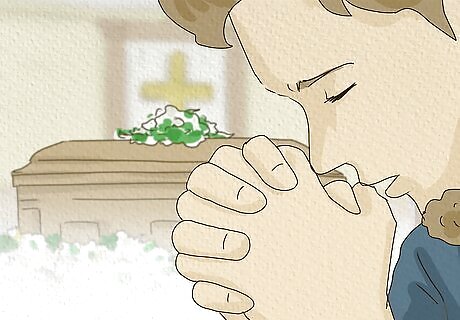
Give your respects to the recently departed. At most wakes, the casket or urn containing the deceased’s body is on display for visitors to go up to. If the wake is at a funeral home or church, there might be a place for you to kneel and say a prayer or speak to the deceased. It’s also acceptable to stand at the casket or urn and say a silent prayer or wish. Depending on the deceased’s wishes, their casket might be open or closed. If it’s open, it’s typically okay to touch their face or hands as you pay your respects.

Offer condolences to the family in the receiving line. Typically, the departed’s close family members and friends stand in a line near the casket or urn to speak with visitors after they pay their respects. Take this time to express your condolences and sympathies. You might say how sorry you are or share a story about the deceased. If you don’t have anything to say, that’s okay too—a handshake or hug is a simple way to comfort the family. If you don’t know the deceased’s family members, introduce yourself to them. For example, you might say, “Hi, I’m Ted, one of Oscar’s employees. I am so sorry for your loss. He always came to work with a smile on his face.” Don’t talk about your experience with loss, assume you know how the deceased’s family feels, or say platitudes like, “They’re in a better place.”

Stay at the wake as long or as short as you want. There is no set amount of time you have to stay at a wake. If you’re close with the deceased or their family, you might stay for several hours to chat with them and other visitors. Or, you might simply pay your respects, offer your condolences, and leave. At the end of the day, what’s most important is showing up to offer your support and comfort to the deceased’s family and close friends.
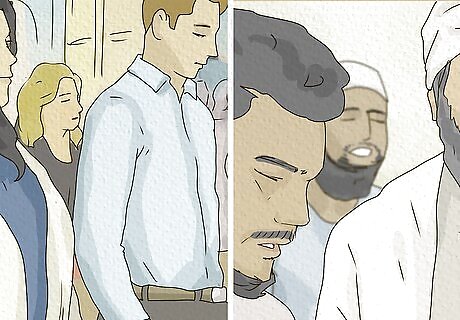
Respect the family’s religious or cultural traditions. Depending on the departed’s religion and culture, the family might ask you to participate in prayers or other rituals at the wake to celebrate their life. If you’re not of the same religion or culture as the deceased, simply follow along to show your respects.
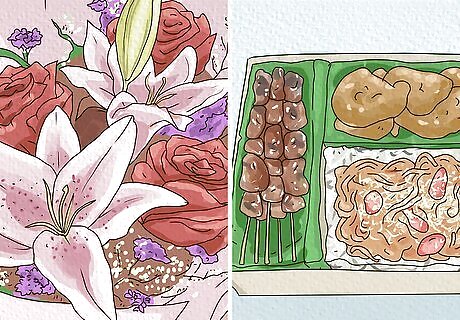
Send a small gift, like flowers, if you like. There’s no expectation for gifts at a wake, so it’s okay if you show up empty-handed; your support is enough. If you do want to give the family something, send flowers to their house or to the funeral home. Or, write a condolence card and give it to the family at the wake. If you want to give a gift in place of flowers, make a donation to a cause close to the deceased’s heart, make a meal for the family, or offer to grocery shop for them.
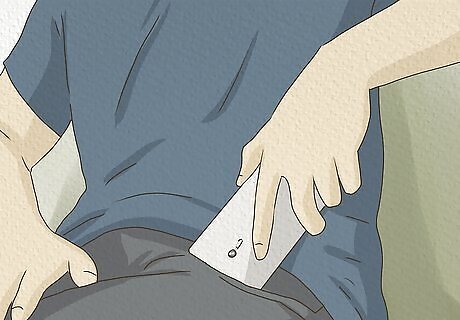
Put away your phone during the wake. While a wake can be more casual than a funeral, it is still a formal event where texting, making phone calls, and taking pictures are considered disrespectful. Keep your focus on talking to the departed’s family and friends and wait to answer any messages after you leave. Take the family’s lead on snapping pictures or filming the wake. Wakes are often quiet, reflective events so the family might not appreciate selfies or group photos. Ask the family’s permission before posting pictures or videos on social media. They might want to maintain their privacy about the deceased’s death.
What is a wake?
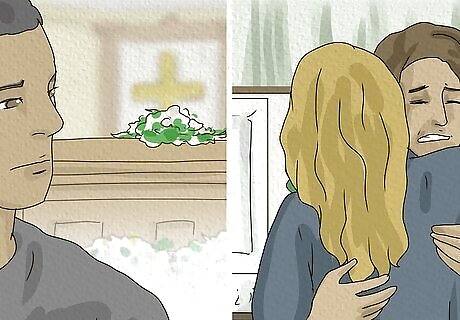
A wake is a gathering to share memories about the departed. Wakes tend to be less formal and structured than a funeral. The family often hosts the wake at their house, a funeral home, or their church and invites people to come by throughout the day. You typically pay your respects to the deceased and then mingle with the other visitors to talk about them and celebrate their life. Wakes are often held before the funeral, or after it. Some wakes may have religious elements, while others are very informal. Sometimes, there is a reception after the wake. The family might invite other visitors back to their house or to a restaurant to eat, drink, and continue sharing memories. Wakes are often used interchangeably with “Visitations” or “Viewings.”















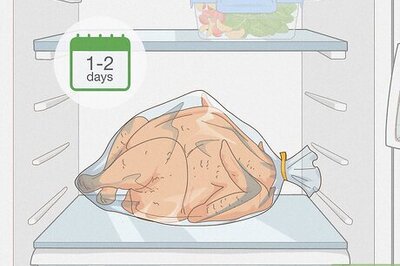
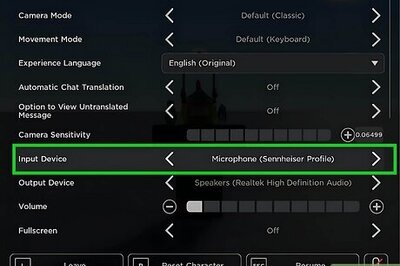

Comments
0 comment